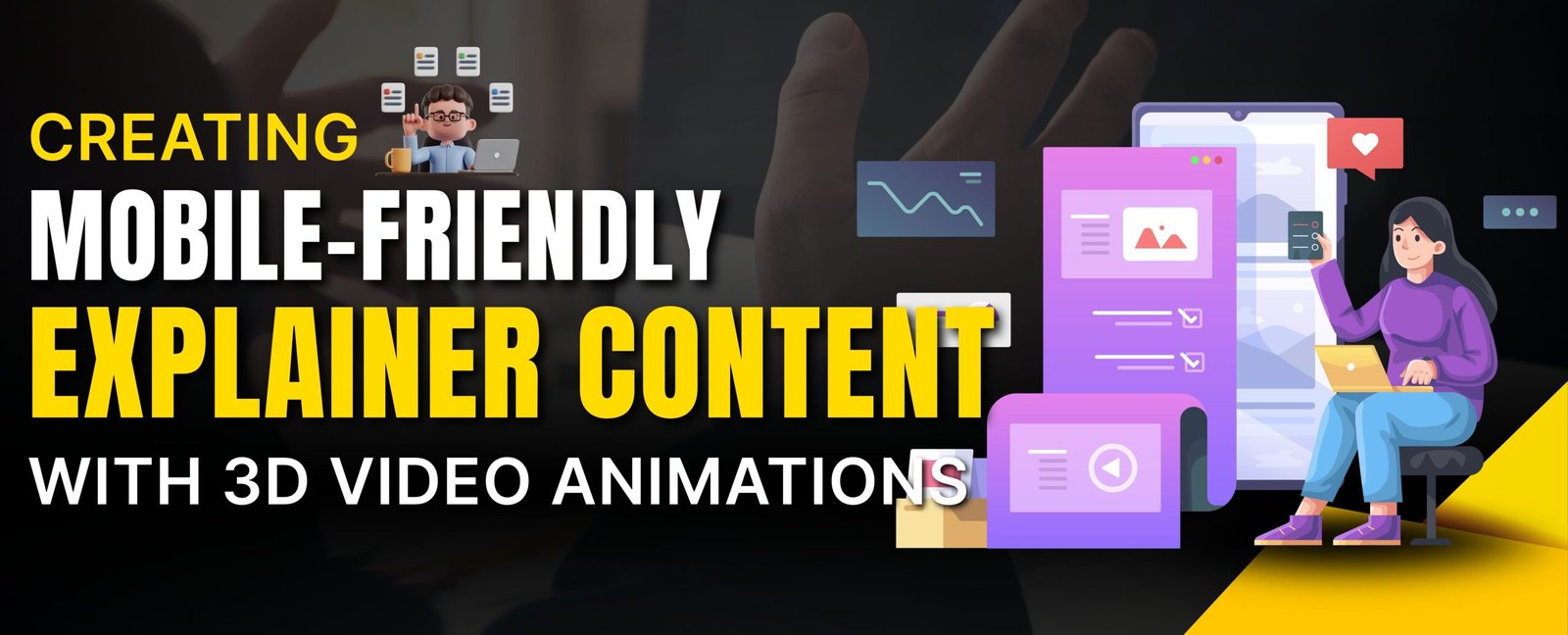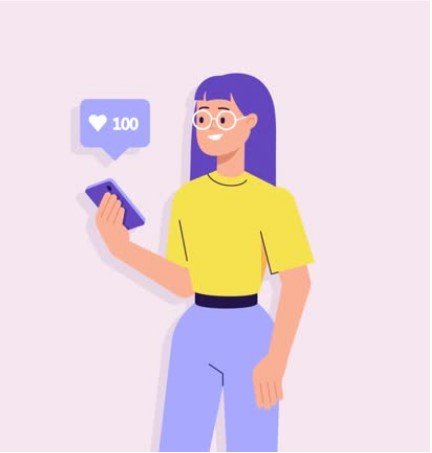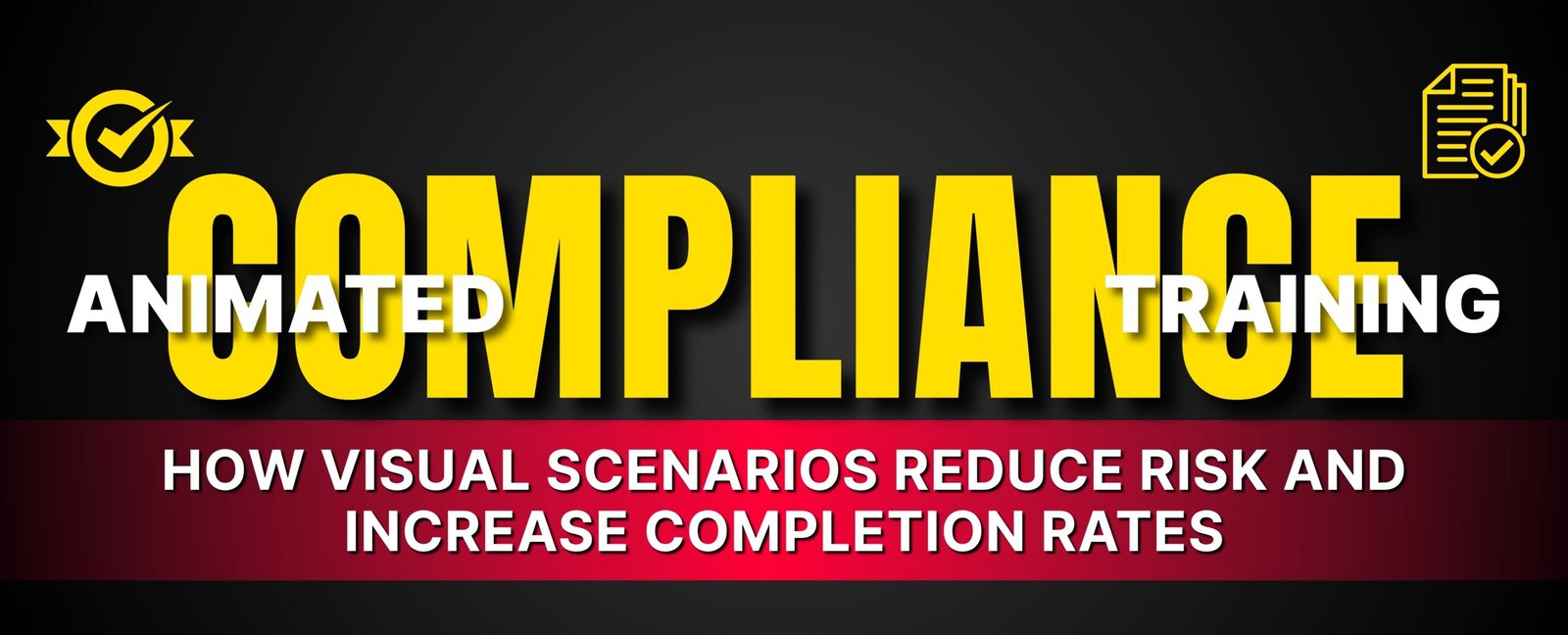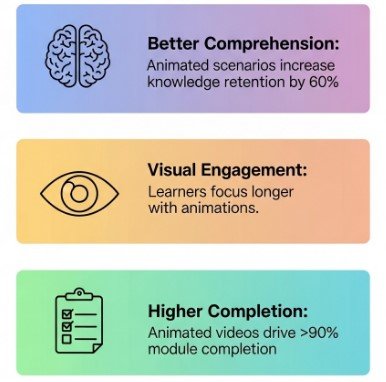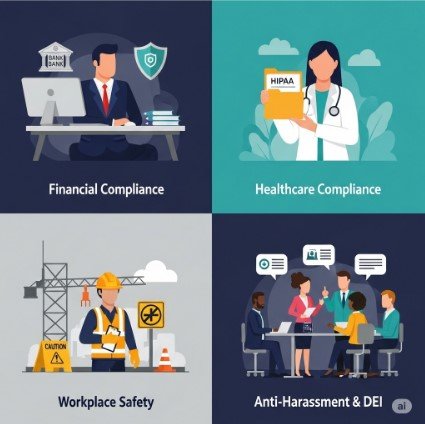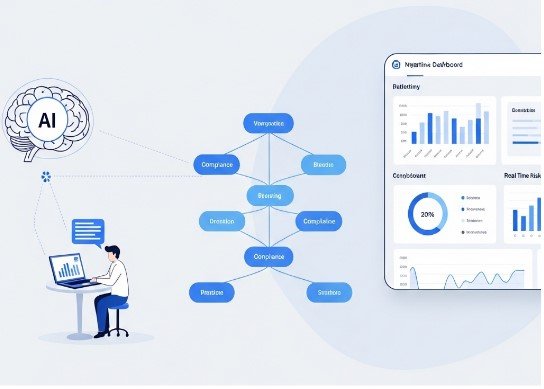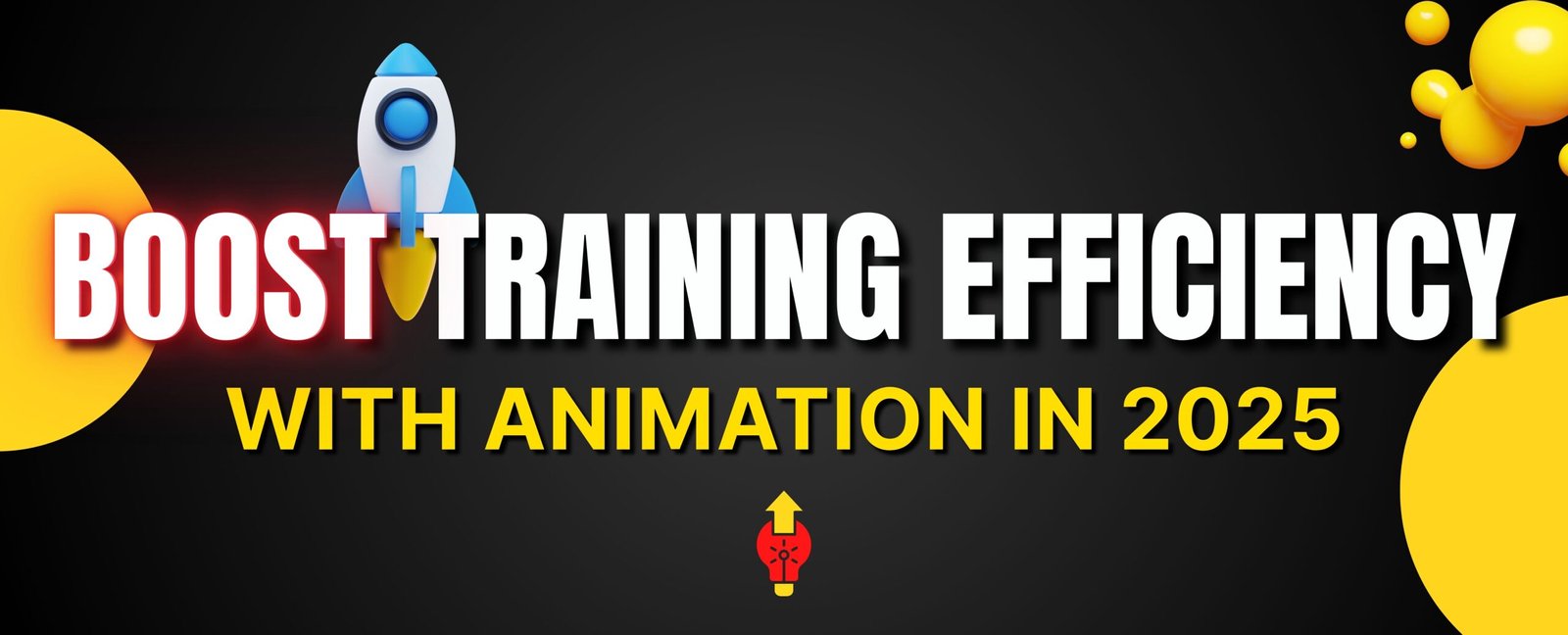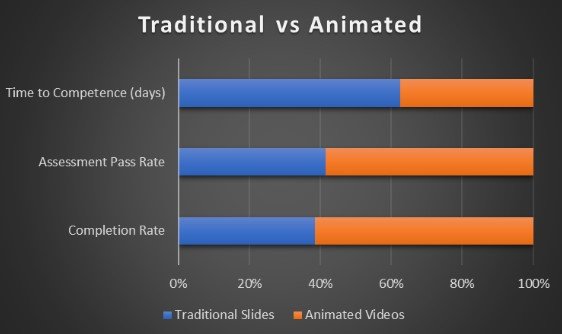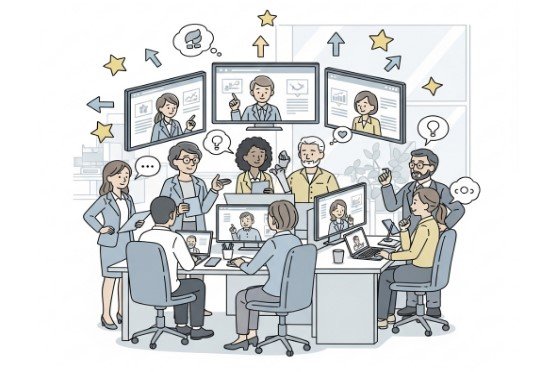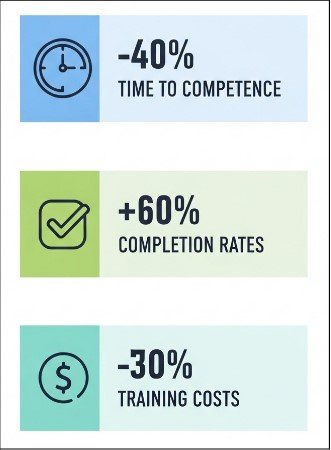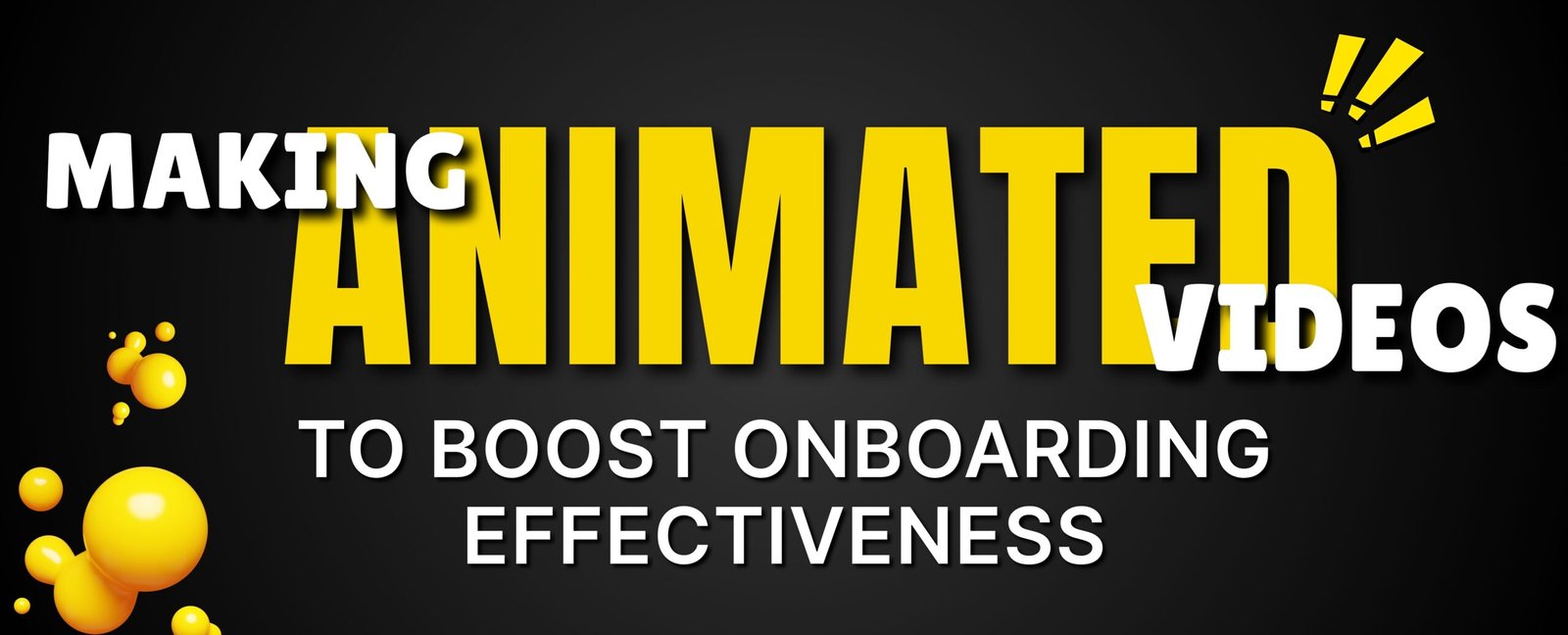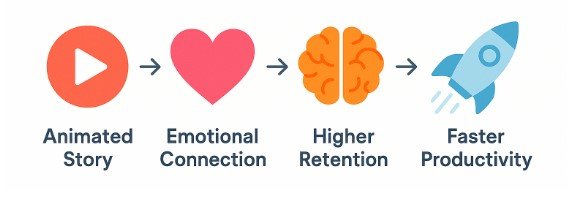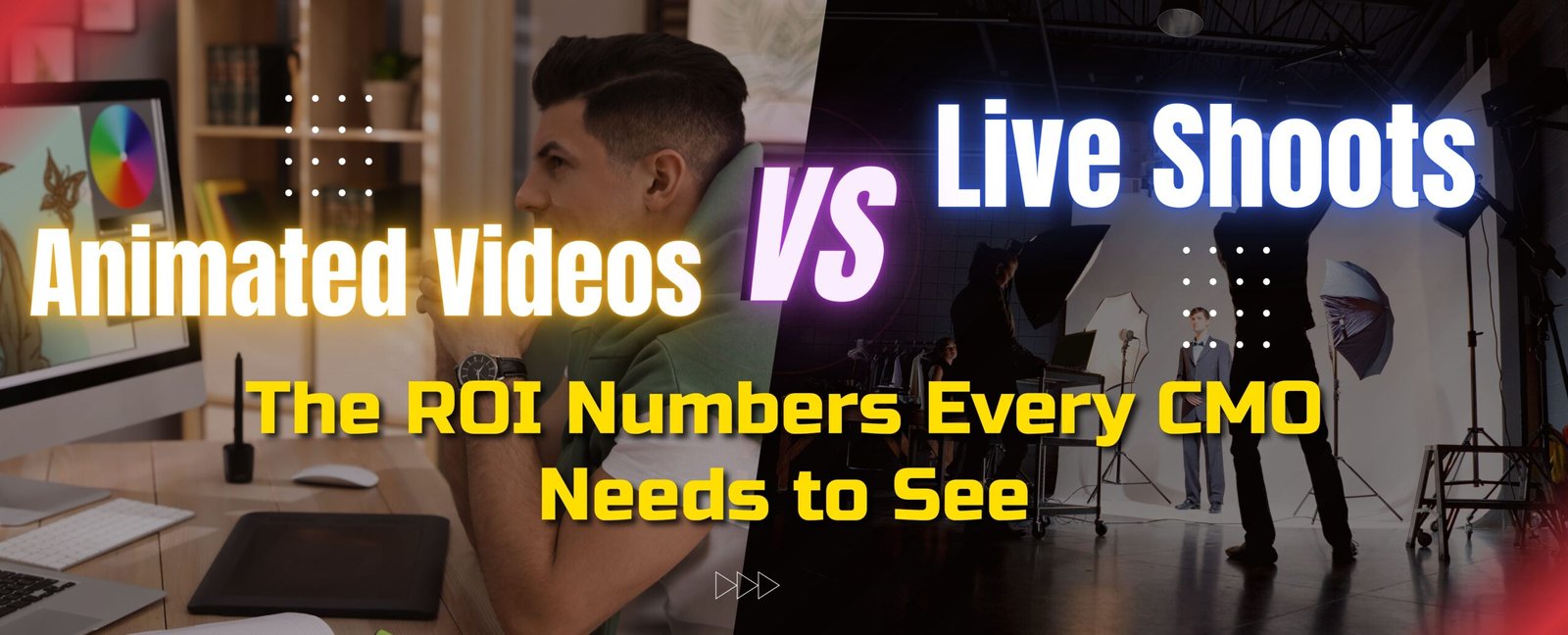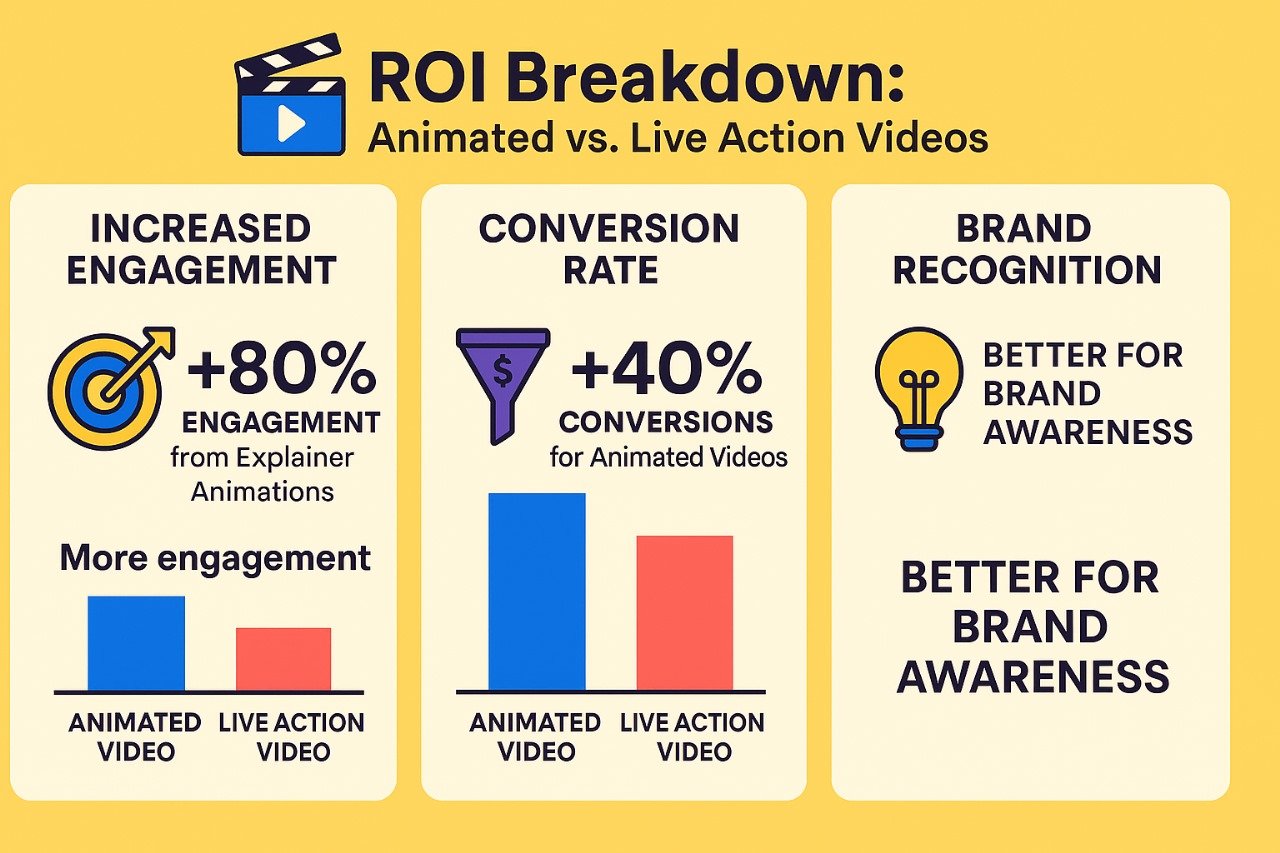Mobile phones have become the primary screen for most people. Not computers. Not tablets. Phones.
People check products on mobile. Watch tutorials on mobile. Learn new things on mobile. Make buying decisions on mobile.
But here’s the problem. Most explainer content wasn’t designed for small screens. Videos that look great on desktop become unclear on phones. Text gets too small to read. Details get lost.
This creates missed opportunities. Your message doesn’t land. Viewers scroll past. All that effort creating content goes waste.
That’s where mobile-optimized 3d video animations change the game. When designed specifically for mobile viewing, animated explainers grab attention, communicate clearly, and drive action — all on a 6-inch screen.
In this article, we’ll explore how to create explainer content that actually works on mobile, why 3D animation fits perfectly, and what makes viewers watch till the end instead of swiping away.
The Mobile Viewing Challenge
Over 70% of video content now gets consumed on mobile devices. That number keeps growing. Yet many businesses still create content thinking about desktop first.
This creates several problems:
Small screen means details disappear. Complex visuals that work on large monitors become confusing on phones. Text gets unreadable. Important elements get lost.
Attention span is shorter. People watching on mobile are often multitasking. Commuting. Waiting in line. Scrolling during breaks. You have seconds to capture attention, not minutes.
Vertical vs. horizontal. Most mobile users hold phones vertically. But most videos are horizontal. This creates awkward black bars or forces viewers to rotate their device.
Data and loading speed. Not everyone has unlimited fast internet. Heavy video files take forever to load on mobile networks. People won’t wait.
Sound often off. Many mobile viewers watch without sound. In public places. At work. Late at night. If your explainer depends on audio, it fails silently.
“Mobile isn’t just smaller desktop. It’s completely different viewing behavior.”
These challenges mean creating truly effective mobile content requires different approach from traditional video production.
Why 3D Animation Works Perfectly for Mobile
Video animation, especially 3D, solves many mobile viewing problems naturally.
Clarity Through Simplification
3D animation gives complete control over what appears on screen. Unlike live video with busy backgrounds, animation shows only what matters.
Clean backgrounds. Clear focal points. Simplified designs that remain visible even on small screens.
An animated character explaining your product stands out clearly. No distracting elements. No unclear compositions. Just your message, presented sharply.
Optimized File Sizes
Modern rendering techniques create high-quality 3D animations with surprisingly small file sizes. Much lighter than live-action video requiring high resolution to look professional.
This means faster loading on mobile networks. Less buffering. Better viewing experience.
When you make animated video specifically for mobile, you can optimize resolution and compression without losing visual impact.
Designed for Vertical Format
Animation easily adapts to vertical formats. Unlike filming where you’re stuck with camera’s aspect ratio, 3D scenes can be composed for any format.
Create square videos for Instagram. Vertical for Stories and Reels. Horizontal for YouTube. All from same 3D assets.
This flexibility means one explainer concept serves multiple platforms without awkward cropping or reformatting.
Works Without Sound
Well-designed 3d video animations communicate visually first. Text overlays. Clear visual metaphors. Action that explains itself.
Sound enhances the experience but isn’t required for understanding. This makes content effective for the majority of mobile viewers watching silently.
Eye-Catching Movement
On scrolling feeds, motion captures attention. 3D animation provides smooth, purposeful movement that makes thumbs pause.
Unlike static images that blend together, animated explainers pop out. The human eye naturally follows motion, making your content more likely to be noticed and watched.
Key Principles for Mobile-First Animation
If you’re working with an animation company to create mobile explainers, these principles ensure maximum effectiveness.
Start with One Clear Message
Mobile viewing means limited attention. Don’t try explaining five product features. Focus on one key benefit or concept per video.
Simple message. Clear delivery. Single call-to-action at the end.
Your explainer video company in India or elsewhere should ask: “What’s the ONE thing viewers should remember?” Build entire animation around that answer.
Keep It Under 60 Seconds
For mobile, shorter is almost always better. Aim for 30-60 seconds maximum.
This might seem too short. But forced brevity creates clarity. Removes unnecessary elements. Delivers message efficiently.
If you have more to say, create series of short videos rather than one long explanation. People watch three 30-second videos more readily than one 90-second video on mobile.
Design for Silent Viewing
Include text overlays for key points. Use visual metaphors that explain without narration. Show actions clearly.
Still add professional voice-over and sound effects. But ensure video makes sense with sound off. Test this yourself before publishing.
Use Bold, Simple Visuals
Detailed textures and small elements get lost on mobile screens. Go bold instead.
Strong colors that contrast well. Clean shapes. Larger text than you’d use for desktop. Clear visual hierarchy showing what’s most important.
When creating animated character for mobile explainers, keep design relatively simple. Exaggerated features that read clearly on small screen work better than realistic complexity.
Optimize for Thumb Stopping
First 3 seconds determine everything on mobile. Will viewers keep watching or scroll past?
Start with immediate visual hook. Surprising movement. Intriguing question. Bold statement. Don’t waste time on slow introductions.
Your most important message should appear in first 10 seconds. Many viewers won’t watch longer.
Test on Actual Devices
Always review animation on real mobile phones before finalizing. Colors that look great on computer monitor might appear different on phone screen.
Text that seems readable on laptop might be too small on mobile. Movement that feels smooth on big screen might seem too fast on small one.
Testing catches these issues before your audience sees them.
Practical Applications Across Industries
Mobile-friendly 3D explainers work across different business needs.
Product Demonstrations
Show how your product works in 45 seconds. 3D animation can rotate product, show internal mechanisms, highlight key features clearly.
Perfect for e-commerce where customers can’t physically touch products. Animation gives them next-best experience right on their phone.
Service Explanations
Abstract services become concrete through 3D visualization. Financial planning. Cloud computing. Insurance coverage.
Animated character experiencing your service makes complex offerings understandable and relatable.
App Tutorials
Nothing explains app features better than animated walkthroughs. Show exactly where to tap, what happens next, how features work.
Mobile viewers watching mobile tutorials — perfect match. They can watch and immediately try in their own app.
Social Media Marketing
Short, punchy 3D explainers drive engagement on Instagram, Facebook, LinkedIn. They’re shareable. Memorable. Generate more interaction than static posts.
When you make animated video for social media, mobile optimization isn’t optional — it’s the entire audience.
Educational Content
Complex concepts broken into bite-sized animated lessons. Perfect for mobile learning where people study during commutes or breaks.
Visual learning through video animation works especially well on mobile where lengthy reading is uncomfortable.
Working with Animation Professionals
Creating effective mobile explainers requires expertise. Here’s what to look for in partners.
Mobile-First Thinking
Choose animation company that understands mobile isn’t just resized desktop. Ask to see their mobile-specific portfolio.
Do their previous explainers work well on small screens? Do they design with vertical formats in mind?
Quick Turnaround Capability
Mobile content needs to be timely. Social trends change fast. Product updates happen regularly.
Good explainer video company in India or anywhere should offer reasonable production timelines without compromising quality.
Understanding of Platform Requirements
Different platforms have different technical requirements. File sizes. Aspect ratios. Duration limits.
Experienced partners know these specifications and optimize accordingly. Your animation works perfectly wherever you post it.
Revision Process
You need ability to test and refine. Ensure company offers reasonable revisions to adjust pacing, text size, or visual emphasis based on mobile testing.
Scalability
Once you create core 3D assets and animated character, can they be reused for multiple videos? Good animation partners design for scalability.
One character becomes spokesperson for entire video series. One product model gets used across different explainers. This maximizes your investment.
Measuring Mobile Performance
How do you know if your mobile explainers work?
View-through rate: What percentage watch to completion? Mobile videos under 60 seconds should see 40-60% completion rates.
Engagement: Likes, comments, shares on social platforms. Good mobile content gets shared because it’s easy to watch and understand.
Click-through: If video includes CTA, how many viewers click? Mobile-optimized videos should drive higher click rates.
Load time analytics: How quickly does video start playing? Aim for under 3 seconds on 4G networks.
Silent viewing data: On platforms that track it, check how many watched without sound. Should be majority.
Use these metrics to refine approach for future explainer videos.
Future of Mobile Explainer Content
Technology keeps improving. What’s coming next?
Interactive 3D elements where mobile viewers can rotate products or choose storyline paths with taps.
Augmented reality integration placing 3D animated objects into viewer’s real environment through phone camera.
AI-powered personalization where same explainer adapts based on viewer data, showing most relevant features.
Vertical-first everything as platforms increasingly prioritize portrait content. Animation makes this transition seamless.
Companies investing in quality mobile explainer content now build foundation for these advances.
Conclusion
Mobile is where your audience lives. Where they discover brands. Where they make decisions. Where they learn and engage.
Creating 3d video animations optimized specifically for mobile viewing isn’t just nice addition to strategy. It’s essential for reaching people where they actually are.
With right approach — clear messaging, bold visuals, silent-friendly design, and mobile-first thinking — animated explainers become powerful tools for communication.
Whether you’re explaining products, demonstrating services, or teaching concepts, video animation designed for mobile delivers message effectively on the screen that matters most.
Work with experienced animation company that understands mobile-first creation. Test rigorously on actual devices. Measure performance honestly.
When you make animated video that truly works for mobile viewers, you create content that doesn’t just look good — it performs. It engages. It converts.
That’s not future of explainer content. That’s what works right now, today, in everyone’s pocket.

